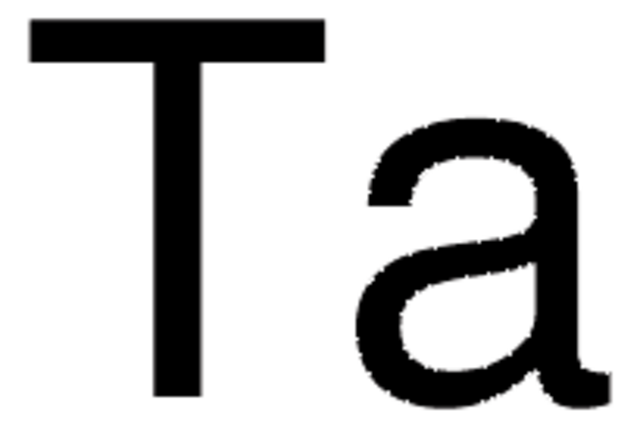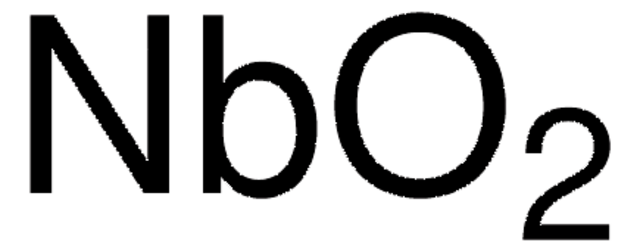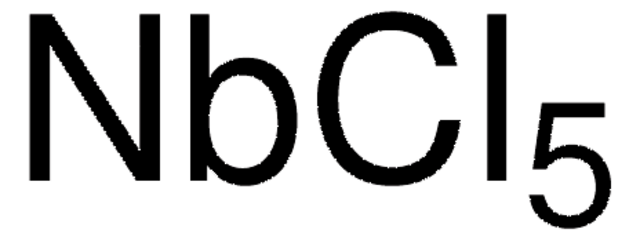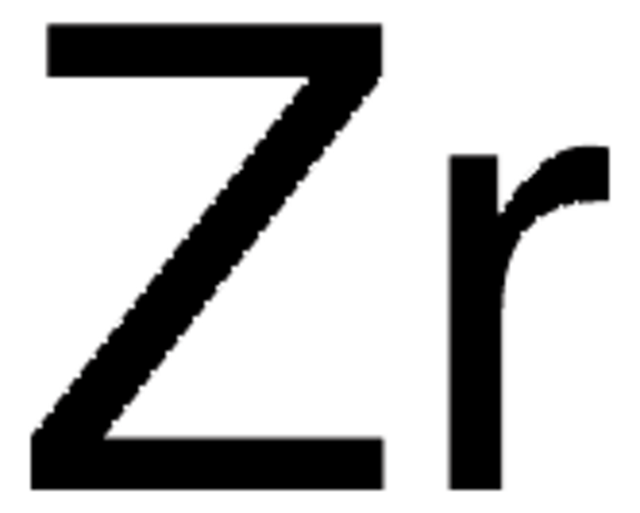262781
Niobium
foil, thickness 0.25 mm, 99.8% trace metals basis
Synonym(s):
Columbium
About This Item
Recommended Products
Assay
99.8% trace metals basis
form
foil
resistivity
13-16 μΩ-cm, 20°C
thickness
0.25 mm
bp
4742 °C (lit.)
mp
2468 °C (lit.)
density
8.57 g/mL at 25 °C (lit.)
SMILES string
[Nb]
InChI
1S/Nb
InChI key
GUCVJGMIXFAOAE-UHFFFAOYSA-N
Looking for similar products? Visit Product Comparison Guide
Quantity
Storage Class Code
13 - Non Combustible Solids
WGK
nwg
Flash Point(F)
Not applicable
Flash Point(C)
Not applicable
Personal Protective Equipment
Certificates of Analysis (COA)
Search for Certificates of Analysis (COA) by entering the products Lot/Batch Number. Lot and Batch Numbers can be found on a product’s label following the words ‘Lot’ or ‘Batch’.
Already Own This Product?
Find documentation for the products that you have recently purchased in the Document Library.
Customers Also Viewed
Articles
Can there be an effective strategy for finding breakthrough materials, since they are, by definition, unpredictable? One answer is found in Combinatorial Materials Science techniques, which represent a powerful approach to identifying new and unexpected materials.
Biomedical implants are essentially foreign substances within the human body that must survive many years’ exposure to demanding mechanical and physiological conditions. Despite these challenges, metal implants have been widely used to substitute for or rebuild hard tissues such as bones and teeth.
Our team of scientists has experience in all areas of research including Life Science, Material Science, Chemical Synthesis, Chromatography, Analytical and many others.
Contact Technical Service







